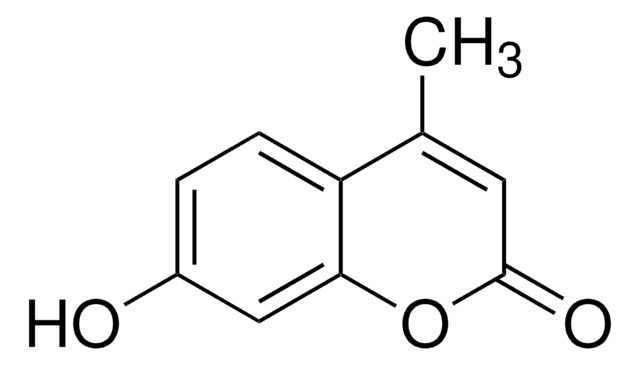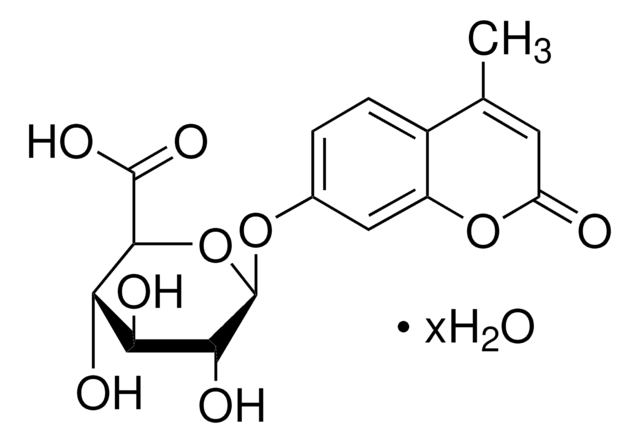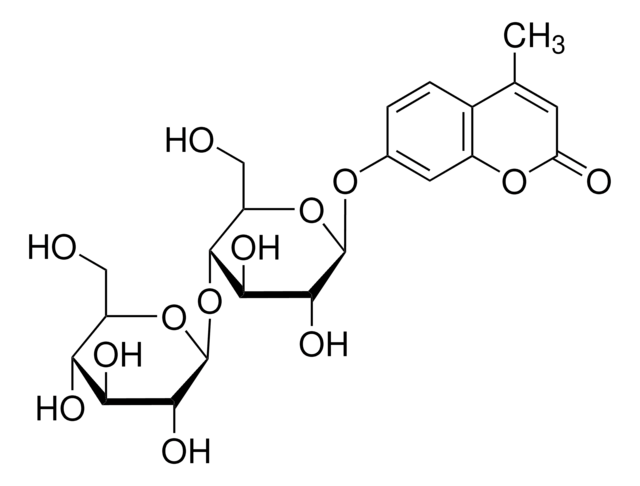M6065
Monoclonal Anti-Microphthalmia antibody produced in mouse
clone C5, purified immunoglobulin
Sinonimo/i:
Anti-Mi
About This Item
Prodotti consigliati
Origine biologica
mouse
Livello qualitativo
Coniugato
unconjugated
Forma dell’anticorpo
purified immunoglobulin
Tipo di anticorpo
primary antibodies
Clone
C5, monoclonal
Forma fisica
buffered aqueous solution
PM
antigen 52-56 kDa
Reattività contro le specie
mouse, rat, human
Concentrazione
0.5-1.0 mg/mL
tecniche
immunohistochemistry (formalin-fixed, paraffin-embedded sections): suitable
immunoprecipitation (IP): suitable using 2 μg/mg protein lysate
western blot: 1:500 using 10 μg of Mouse brain lysates
Isotipo
IgG1
N° accesso UniProt
Condizioni di spedizione
wet ice
Temperatura di conservazione
−20°C
modifica post-traduzionali bersaglio
unmodified
Informazioni sul gene
human ... MITF(4286)
mouse ... Mitf(17342)
rat ... Mitf(25094)
Descrizione generale
Microphthalmia is expressed in a limited number of cell types including heart, mast cells, osteoclast precursors, and melanocytes. There are a number of different isoforms of microphthalmia resulting from alternative splicing and alternative promotors. These isoforms differ at their amino-termini and in their expression patterns.
Immunogeno
Applicazioni
Western Blotting (1 paper)
Stato fisico
Esclusione di responsabilità
Non trovi il prodotto giusto?
Prova il nostro Motore di ricerca dei prodotti.
Raccomandato
Codice della classe di stoccaggio
12 - Non Combustible Liquids
Classe di pericolosità dell'acqua (WGK)
nwg
Punto d’infiammabilità (°F)
Not applicable
Punto d’infiammabilità (°C)
Not applicable
Certificati d'analisi (COA)
Cerca il Certificati d'analisi (COA) digitando il numero di lotto/batch corrispondente. I numeri di lotto o di batch sono stampati sull'etichetta dei prodotti dopo la parola ‘Lotto’ o ‘Batch’.
Possiedi già questo prodotto?
I documenti relativi ai prodotti acquistati recentemente sono disponibili nell’Archivio dei documenti.
Il team dei nostri ricercatori vanta grande esperienza in tutte le aree della ricerca quali Life Science, scienza dei materiali, sintesi chimica, cromatografia, discipline analitiche, ecc..
Contatta l'Assistenza Tecnica.








